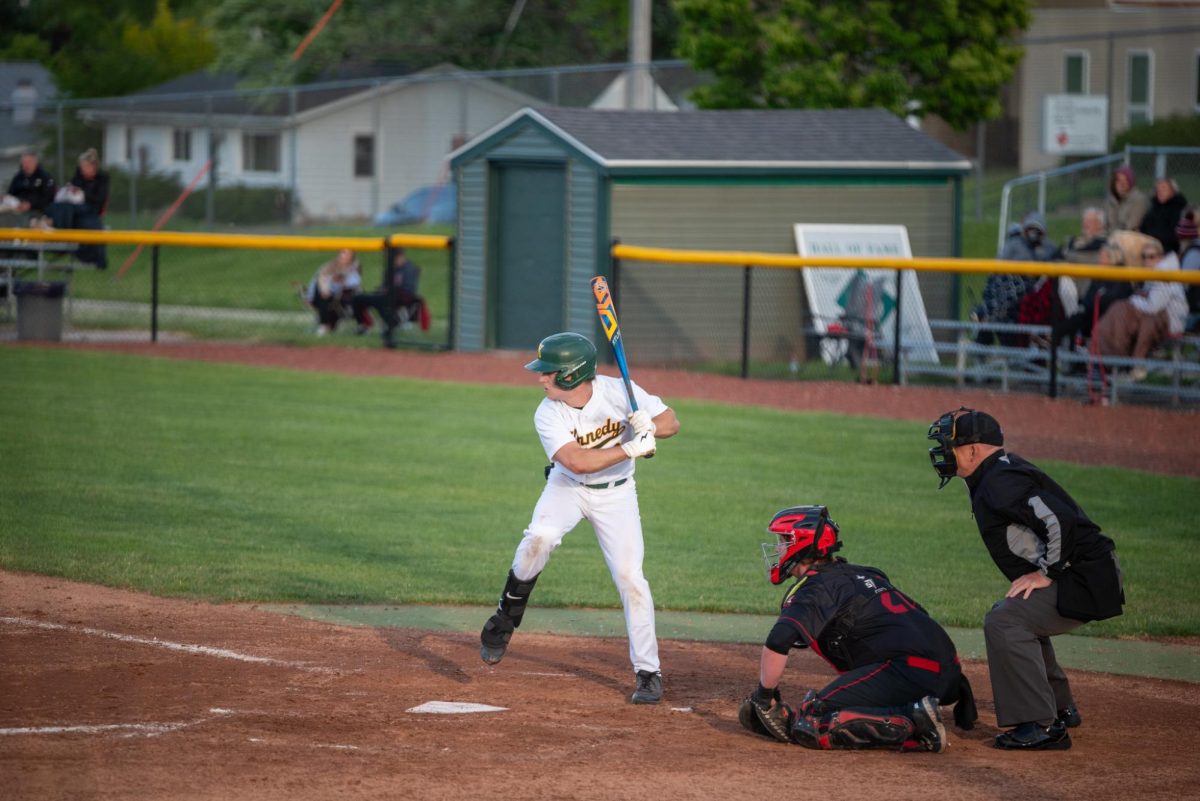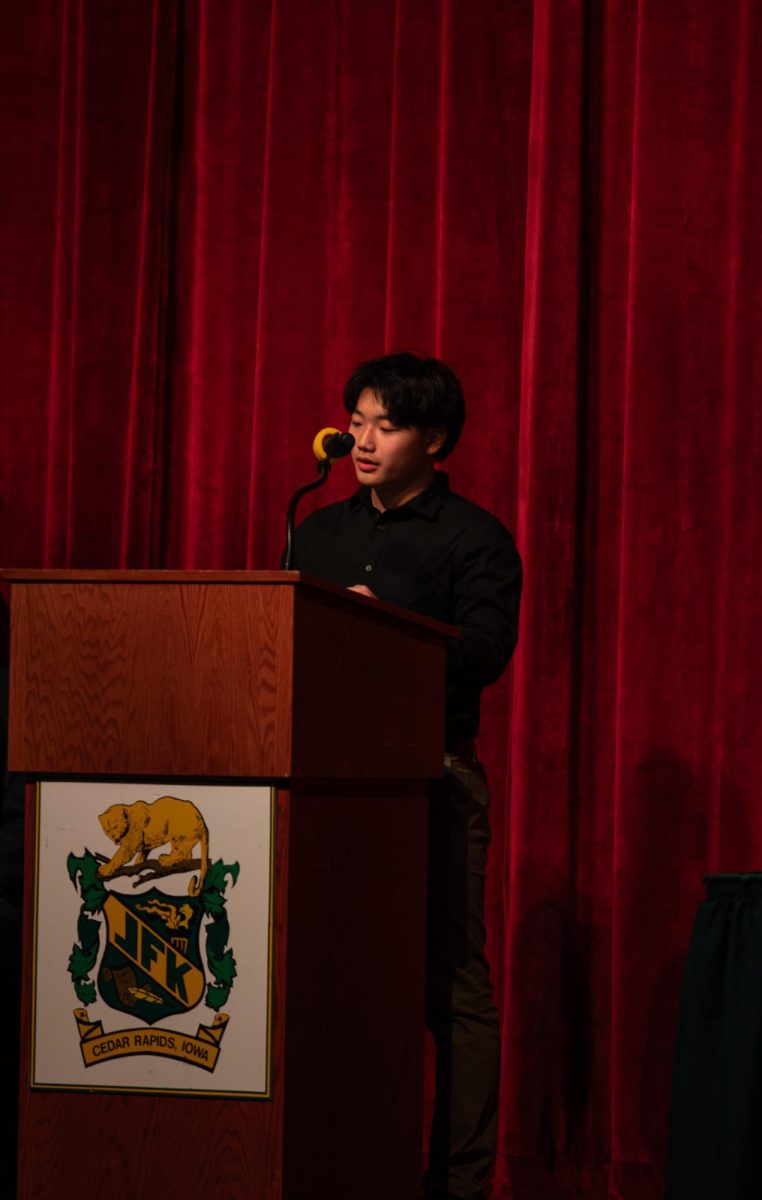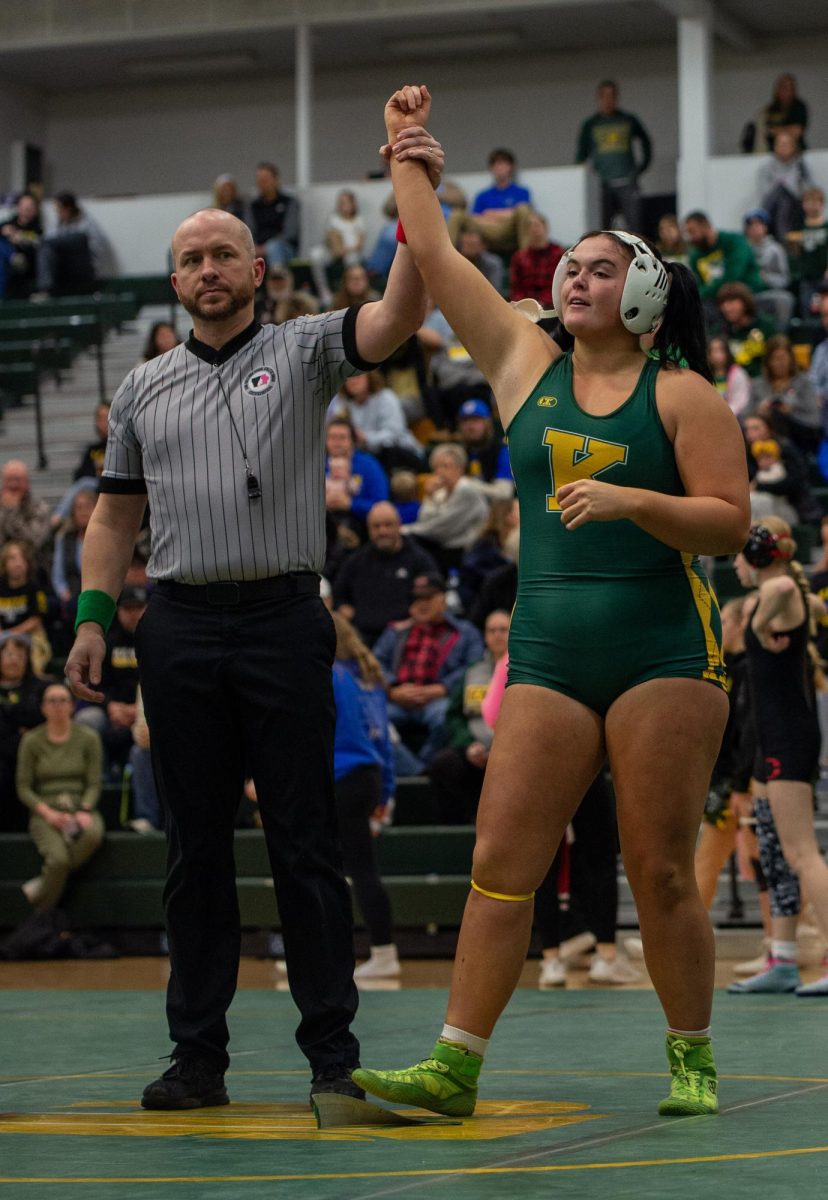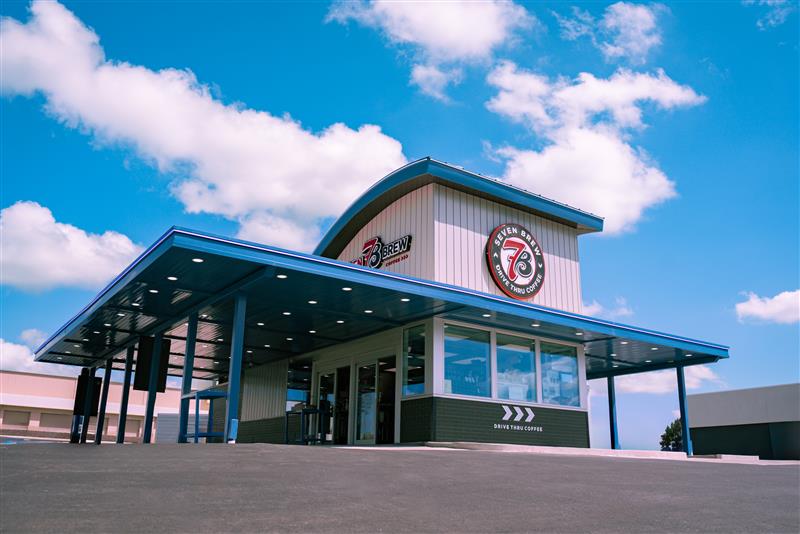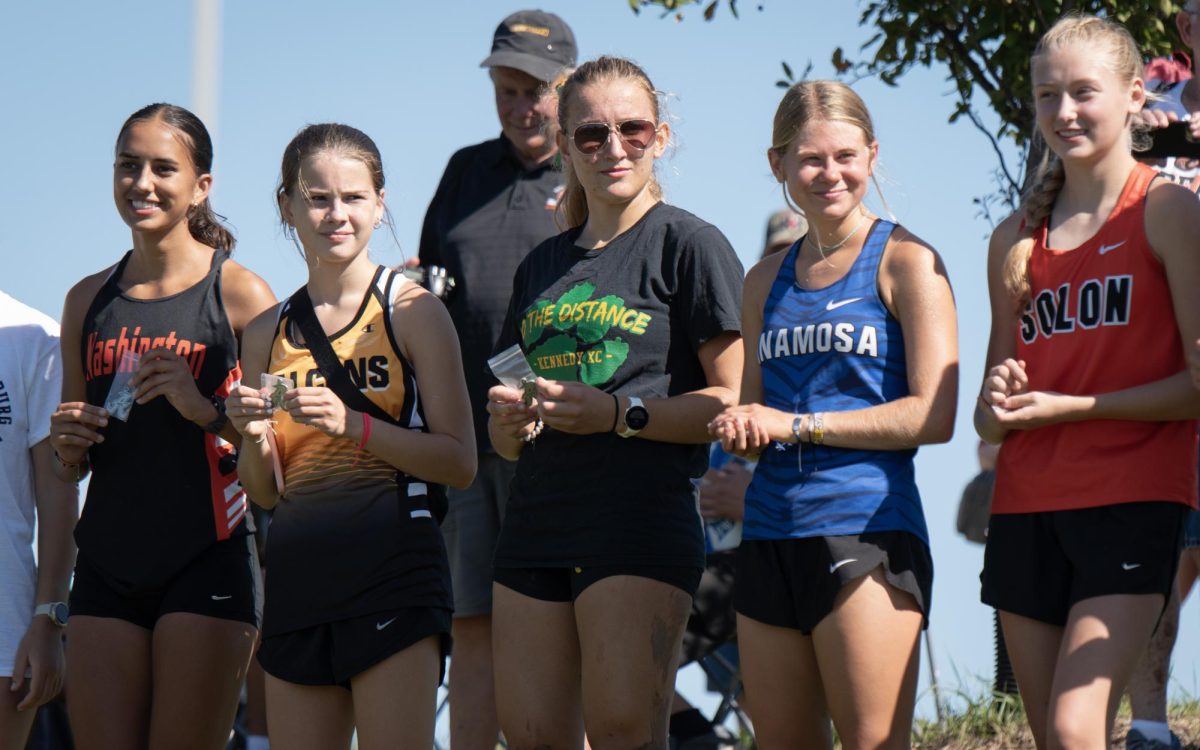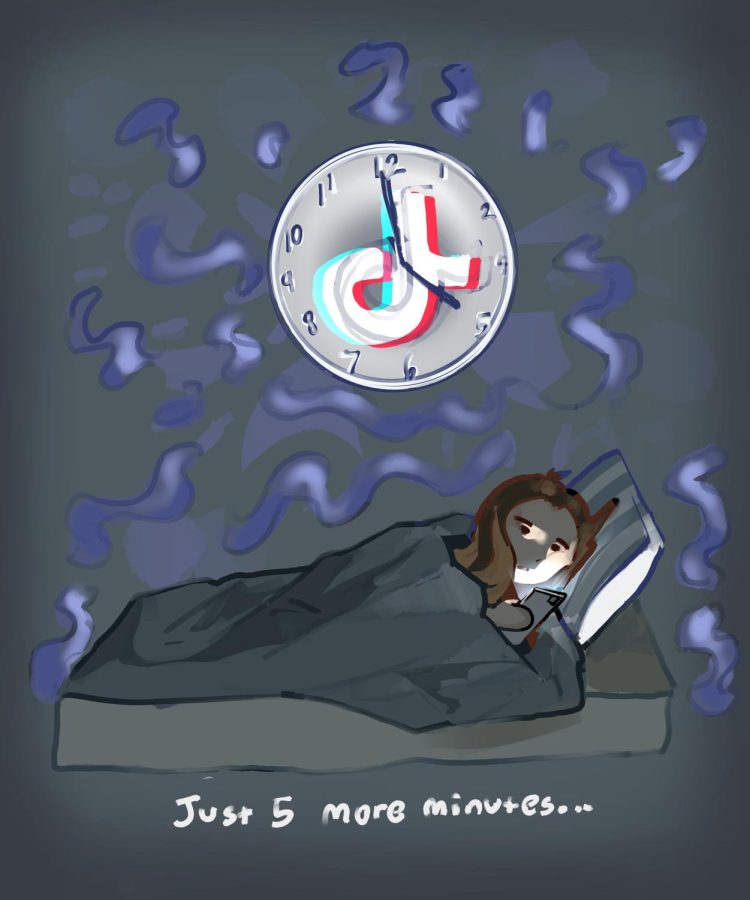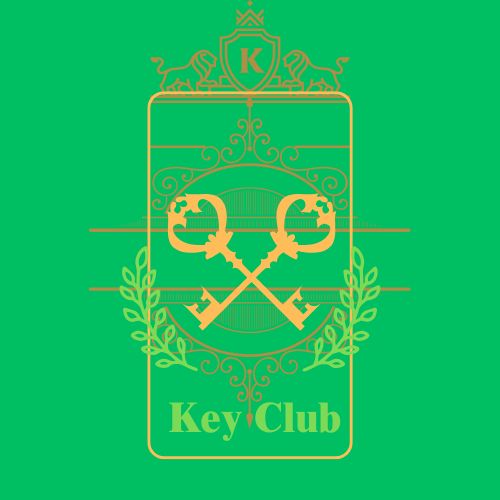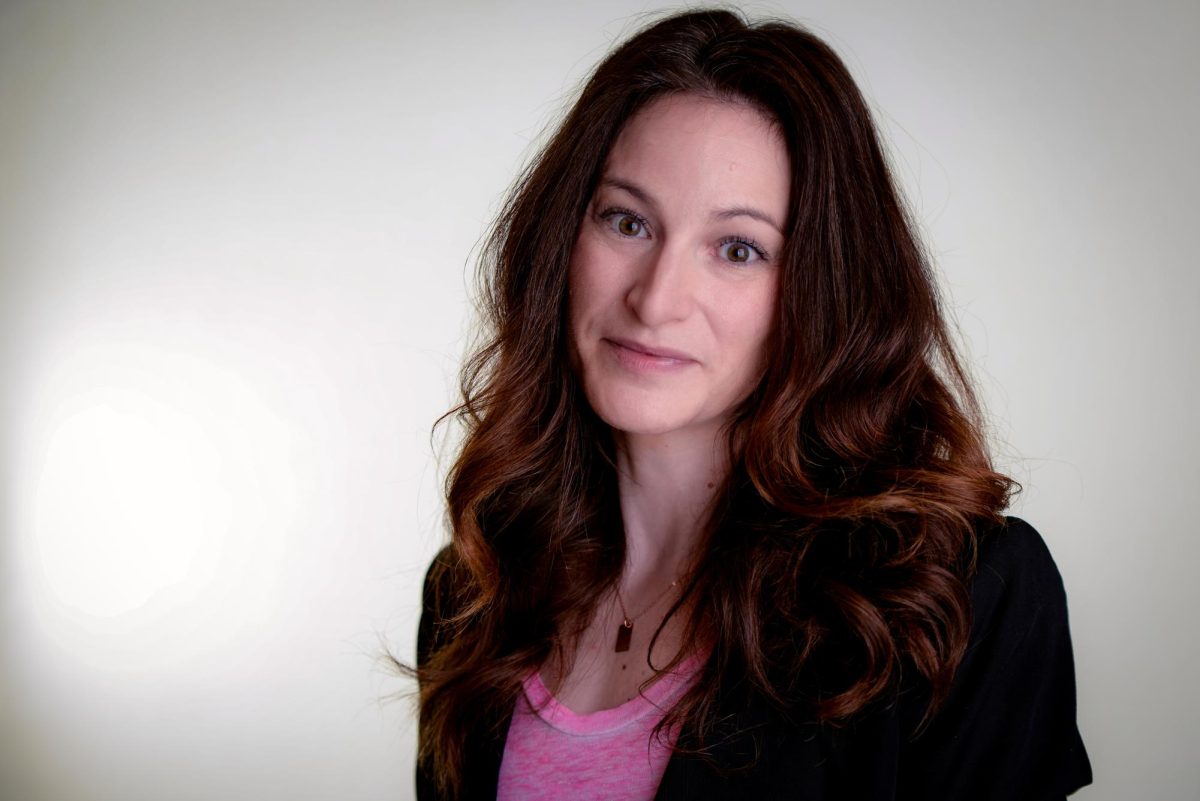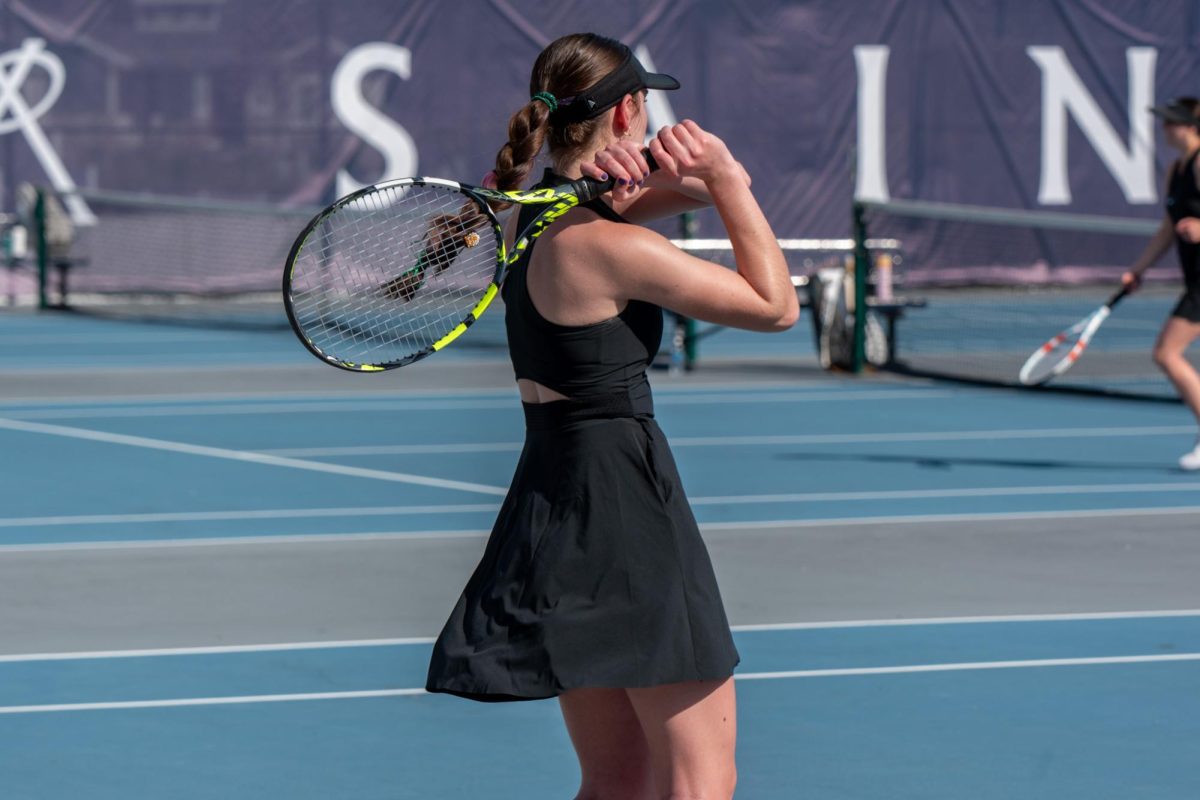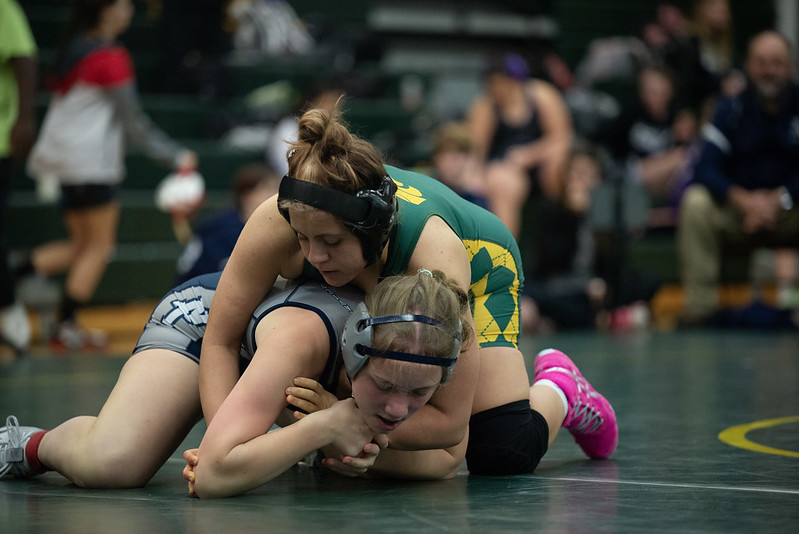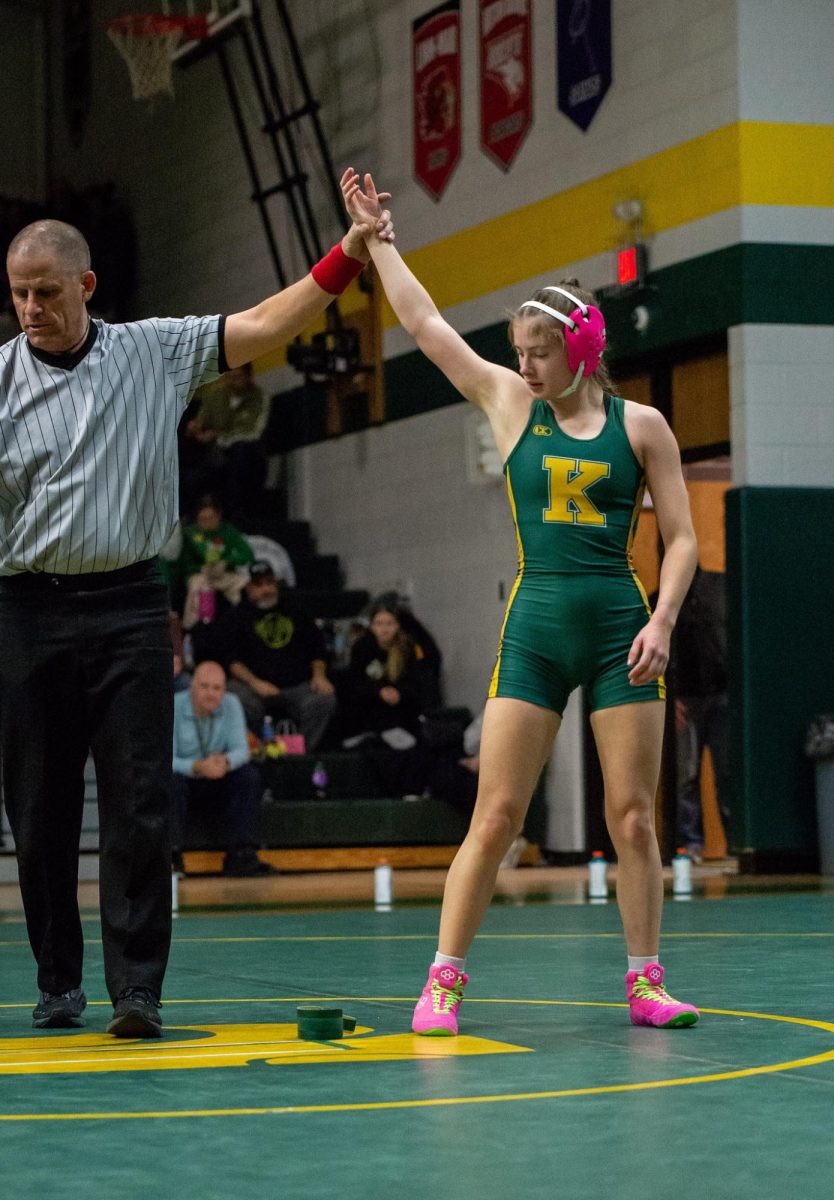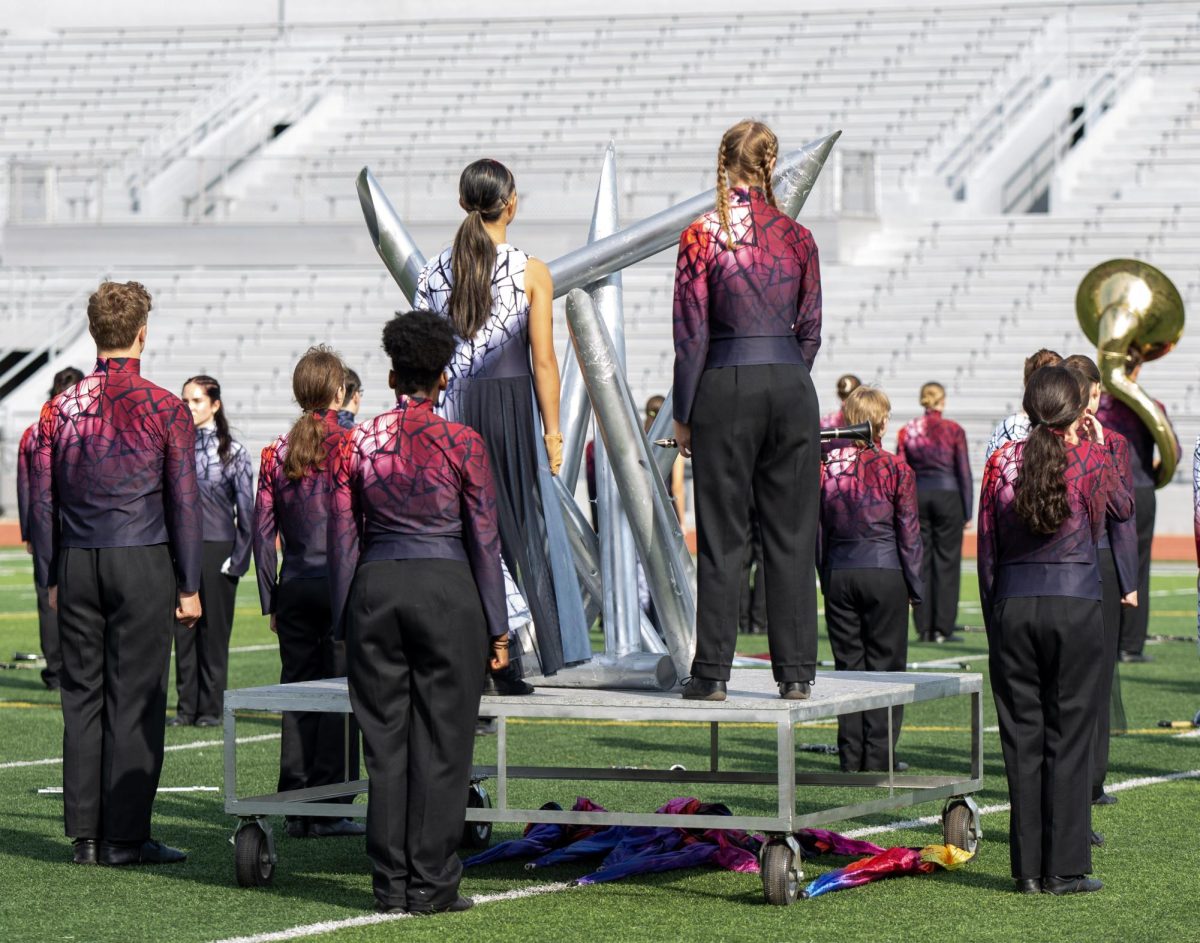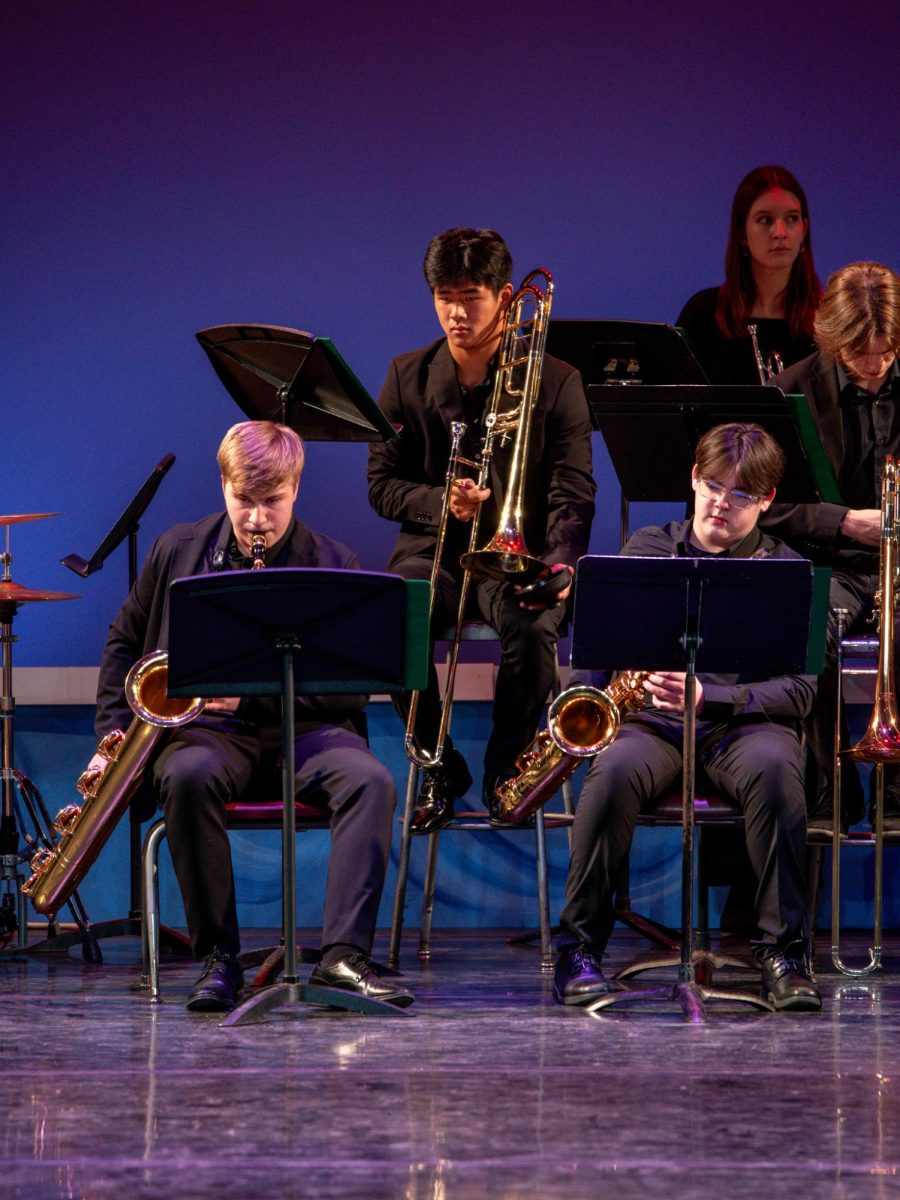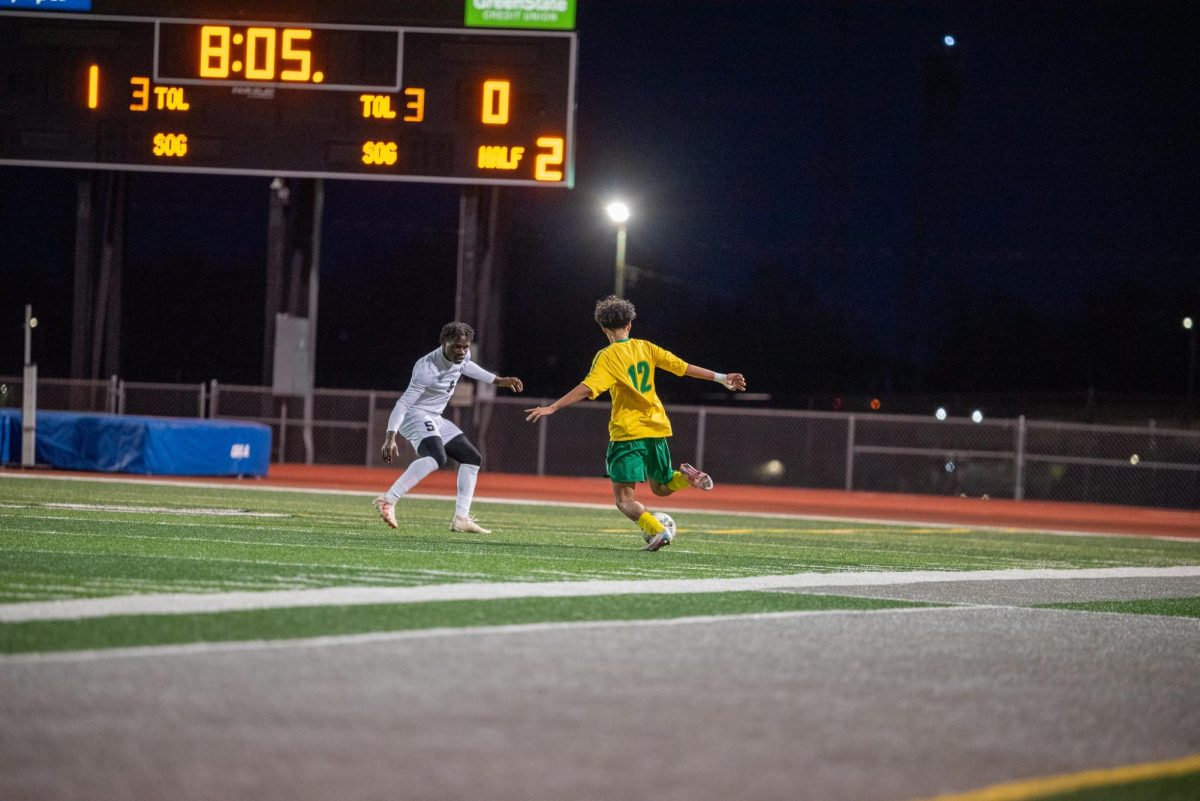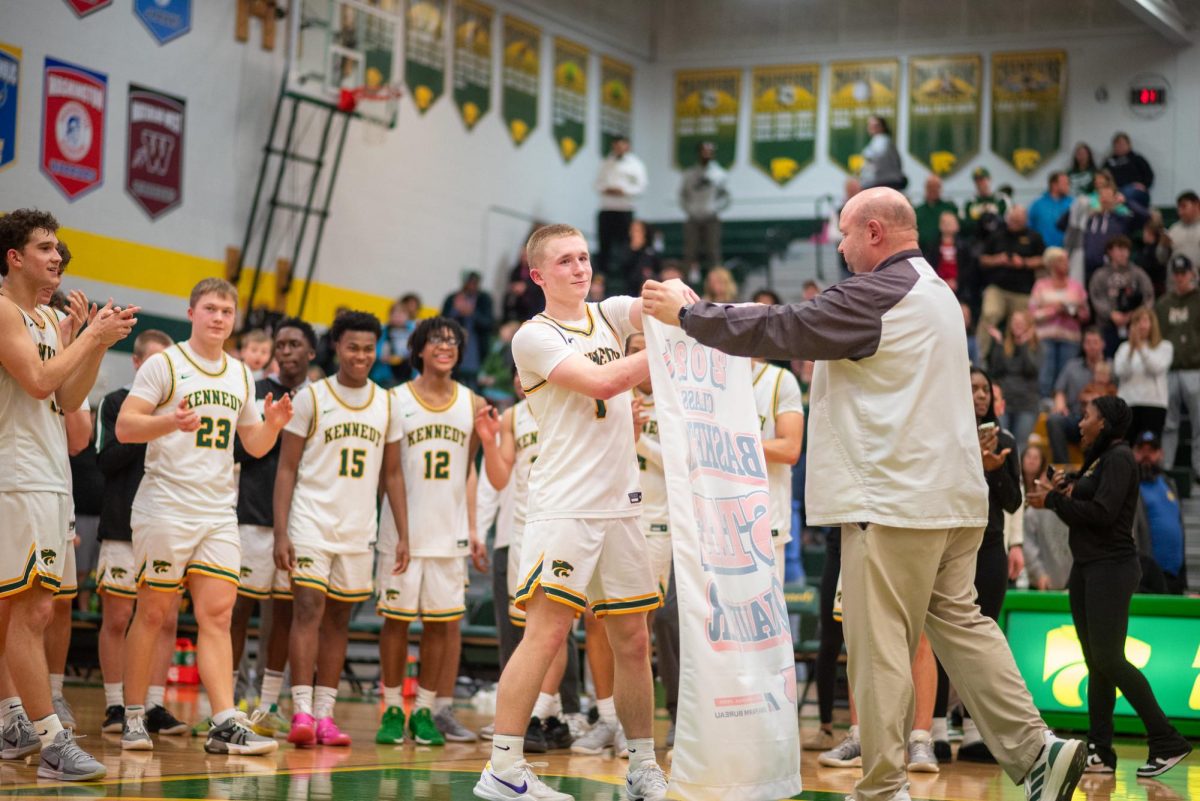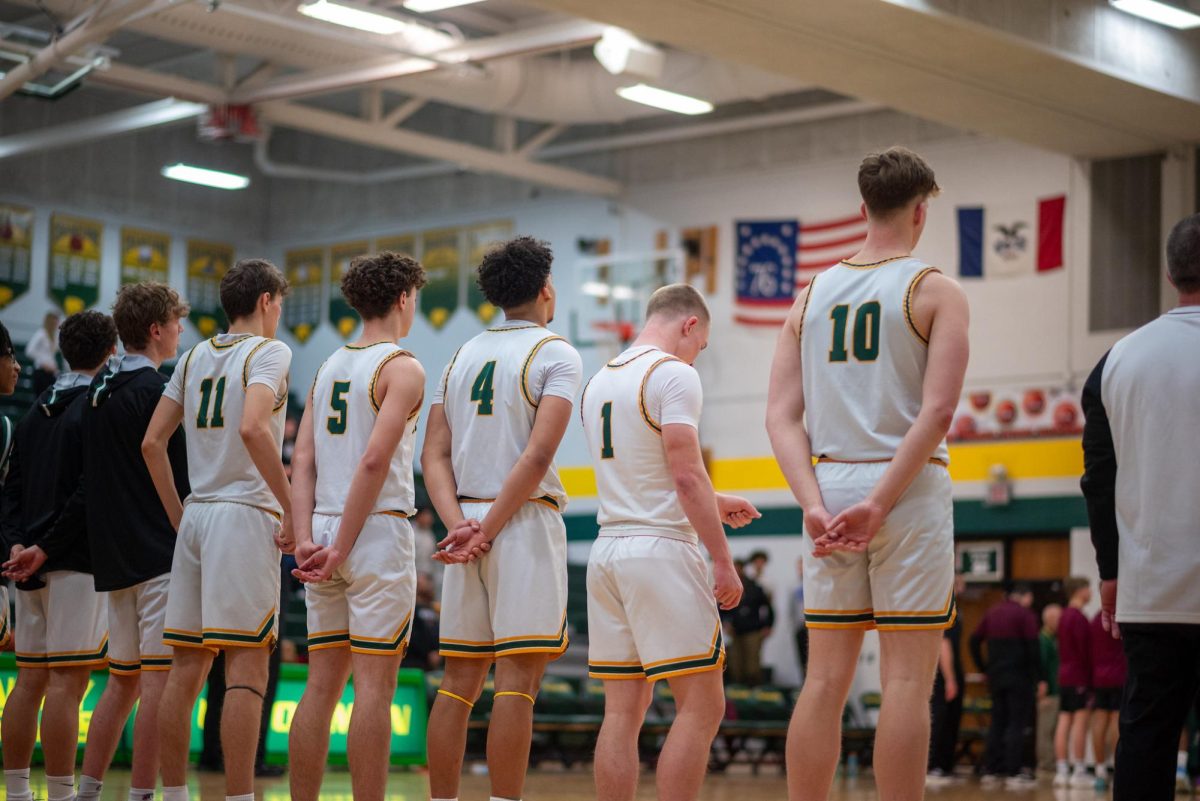During the 2026-2027 school year, Cedar Rapids Community School District (CRCSD) plans to implement freshman academies, a program that aims to prepare incoming students for high school and the decisions they will have to make at the end of the year regarding their learning pathways.
Each student that passes through the freshman academy will have to choose which direction they would like to take the next three years of their education, however, these paths will look different across the high schools. At Washington and Jefferson High School, there will be three “schools” with three pathways or “academies” each. Alternative high school Metro will have just two schools. At Kennedy, there will be 11 pathways across the board with no “school” groupings. The academy pathways will include:
The school district received $15 million from the Magnet Schools Assistance Program (MSAP) to fund this project over the next five years. CRCSD will use these funds for specialized teacher training, additional technology and to build additional wings for the career pathways at Washington and Jefferson high schools.
“We are proud to expand our magnet program into Washington and Jefferson High Schools, creating smaller, career-connected learning communities that will empower students with industry-recognized credentials by the time they graduate,” CRCSD Executive Director of Innovation Adam Zimmermann said.
Kennedy High School is not eligible to receive any MSAP funds as the high school’s demographics did not meet the criteria for assistance.
“We’re already doing advanced placement classes, we already had dual credit where kids are taking classes over at Kirkwood, you have probably been on some type of job shadow,” Superintendent Tawana Grover said. “The challenge for us was to make sure more students are getting there, and that’s how the vision for the pathway program came to be.”
Students across CRCSD high schools have been given the opportunity to participate in high-level learning opportunities such as dual enrollment and AP courses, job shadows, career fairs and programs like Project Lead the Way for the past several years. The pathway program aims to standardize those experiences.
“When you graduate, you’re not just going to get a diploma to say that I took some high school courses,” Grover said. “When you get a diploma from Cedar Rapids Community School District, it’s going to say, I’ve been involved with business and industry. I’ve earned college credit. I have certifications. That’s our Portrait of a Graduate, every student will be equipped, engaged and empowered.”
Pathways are intended to address chronic absenteeism, 36% of all CRCSD students are classified as chronically absent, low graduation rates and the disparity in opportunities across the high schools. AP enrollment is significantly lower at Jefferson while state test scores are poor at both Washington and Jefferson.
“We want to ensure that no matter which school that our students attend, that they all perform at a high level,” Grover said. “Whether that’s Washington, Jefferson, Kennedy. I think that there is a little bit of variety of what’s offered. So those experiences, depending on the school, are different, and it’s okay for them to be different, but some of those opportunities should happen at all of our schools.”
However, the district-wide graduation rate statistic used at informational meetings, 77%, is misleading. As of 2024, the overall graduation rate between the three main high schools was approximately 88%. The inclusion of Metro’s graduation rate, 26%, drags down the average; this begs the question, why are we implementing pathways at the main high schools and not just Metro?
“I do think one of the problems that we have in public education is how different everything is, even within a building,” Kennedy social studies teacher George Anderson said. “We haven’t figured out standardization with high school classes yet. Unless there is a concrete plan of what this will look like, I do see some struggles with that.”
In addition, the school system used as an example of positive change with the pathways system is Metro Nashville Public Schools (MNPS). While the academies did raise the overall graduation rates in the district, the improvement was from 62% to 82%. Growth stagnated in 2015 and has remained within 3% every year since. CRCSD is already ahead of where MNPS started and each of the main three CRCSD high schools have higher graduation rates than MNPS has ever achieved.
The districts are not comparable, MNPS has 12 high schools and over 24,000 high school students, five times the number of high school students in Cedar Rapids. MNPS also achieved less than 30% proficiency in all testing areas except for English II in 2024. Is that really the level of educational achievement we should strive for?
“I get the idea that if it’s something they’re choosing to work towards, there’ll be more engagement, but I kind of feel like most students have some of that at play now,” Anderson said. “I think students that want to be absent are. I would like to think that can lead to some engagement pieces, but generally, I don’t know if that’s going to be the hook.”
The addition of specialized courses specific to pathways will determine the number of spots left in teachers’ schedules for electives currently offered.
“It’s going to reduce some things,” Anderson said. “Because we’re not going to be able to maintain the same general elective palette if we start offering very specialized courses. We’ll definitely have trouble maintaining some AP offerings. I don’t see how at this point, with staffing at its current level, we maintain those elective offerings.”
Not only could these pathways reduce student choice, but they will also affect the courses teachers are required to teach based on the needs of students within the building.
“As far as teacher choice, I absolutely think it’ll reduce some of that,” Anderson said. “I don’t want to teach world history. I haven’t done it since 2007. But I don’t see based on licensure within the department who else can teach that. I don’t see how I won’t end up picking up a section or two.”
While district representatives have stated no elective offerings will be taken away, it’s a difficult sentiment to believe, given the current state of staffing and course layout at all three main high schools.
“I don’t see any way that it doesn’t restrict some form of teacher choice,” Anderson said. “Just because, outside of the pathways, we’re looking at declining enrollment and lesser funding. We won’t have the same capability to run a class with [small groups of] interested students.”

